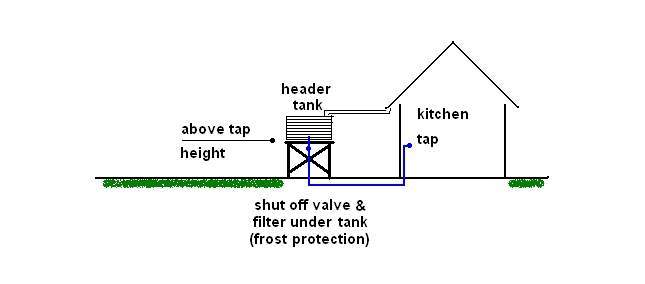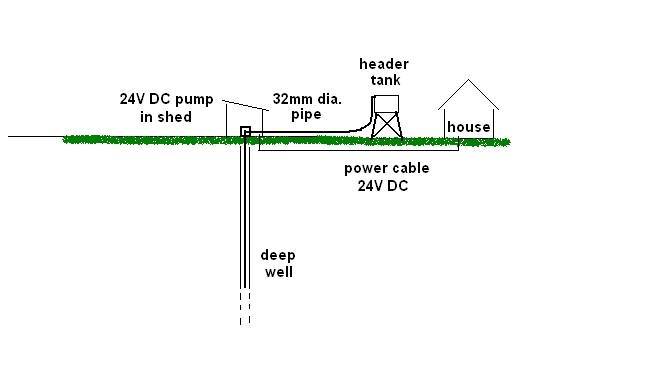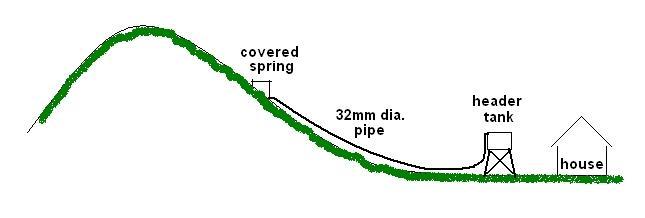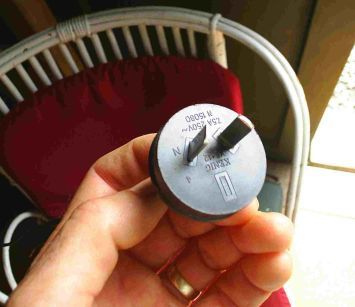
Here are some alternatives which you might like to consider:
Water distillers are readily available and can provide a quick fix to convert tap water into something which is drinkable.
It doesn't fully address the cause of the problem, and would need to be electrically isolated (either by being double insulated or by running off an isolation transformer). If the distiller's plug has only 2 pins (no earth) then it might be worth a try if you're really stuck.
Alternatives to tap water
Distillation:
Roof water:
This is becoming less of an option: in suburban areas the rain will be quite acidic from chemical pollution, e.g. cars, trucks, buses, so is not really an option. Out in the country it may be possible if there is little likelihood of contamination,e.g. from aerial top dressing, the burning of plastic rubbish, etc.
If chemical pollution can be avoided, then filtration down to 5 microns will screen out the bugs if that becomes a political issue. Otherwise just use the water as is. The water should be gravity fed into the house without connection to the house wiring.

Bore water:
If there is an aquifer that isn't polluted with groundwater, then it's worth a serious look. A deep well of, say, 30m into limestone strata would provide a very good supply. This should be pumped into a storage/header tank where exposure to the air oxidises any iron in the water. A 24volt DC deep well pump would be suitable, running off an isolating step-down tranformer plugged into a house socket.
From the header tank, like the rainwater option above, the water can be gravity fed to its own dedicated tap in the kitchen, again being careful to ensure that the plumbing is not bonded to the house wiring.
This option is the most expensive due to the cost of drilling the bore, but in terms of home ownership costs it's probably not unreasonable. There are also hidden costs of compliance where a regional authority may want to charge fees, so be prepared to smile and cough up the cash.

If coughing leaves you cold and the water is not too far down (6m wouldn't bother me), another option is to patiently dig your own well and avoid the administrative hurdles. Pull in concrete well liners as you go. With a shallow well, risk of contamination is greater. If water is below a clay pan then it's probably OK.
By going to 24volts DC for the pump you are able to do all the wiring yourself, i.e. from the plug to and including the pump. Just remember to unplug the power lead at the house when working on any part of the system.
Spring water:
Rarely an option admittedly, but a spring has the advantages of a bore without the costs. Even a very, very slow spring can deliver a substantial amount of water over a 24 hour period. Protection of the spring can be easily done by dropping a well liner over it, with a lid, or by fencing it off. If by chance the spring can gravity feed to the house header tank, then the complexity and risks associated with a pump can be avoided.

I'll add a link soon with some pictures of a water tank and stand to give you some ideas for designing and building your own. No building consent is required.
If you do decide to use any of these options as an alternative to reticulated water, and only if you wish, you can help this research by emailing your body weight to me at cancer.debunk@yahoo.com once you begin drinking fresh water. I'll email you in 12 months time to ask for an updated weight.
Stephen G. Butcher (Updated 20/12/07)
Let's hope this sort of plug becomes the norm!




